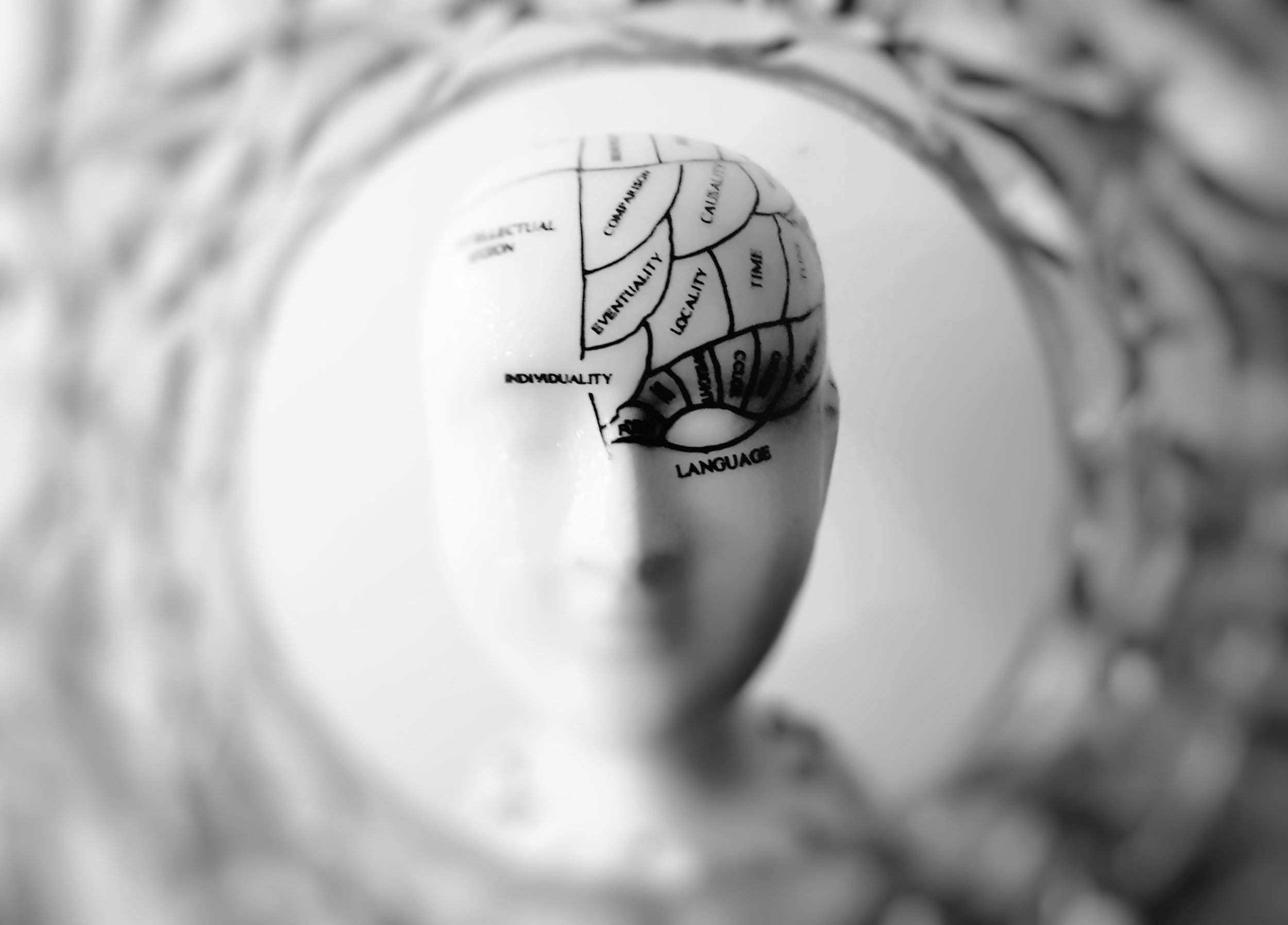
Science backed.
What is Brain-Based Movement?
Brain-based learning theory states that movement is necessary for optimal brain performance, and that brain-based movement stimulates key processing centers in the brain linked to attention and memory. When movement and learning are combined, the brain reorganizes and remaps itself to achieve increased focus and greater recall.
Neuroscience shows us that as we interact with and adapt to our environment, the brain’s neural activity intensifies in response to new mental and physical challenges. When stronger neural networks are established, the brain becomes more malleable and adaptable to life’s challenges. This process is called neuroplasticity and is critical to life-long learning as well as mitigating neurological dysfunction and recovering from brain damage.
Research findings note that our brains are hardwired for interactive stimulation. Without it, a child’s brain can not develop properly. Neuroscientists agree the area of brain most closely linked to motion is the cerebellum. The cerebellum takes up only ten percent of the brain but contains almost half of the brain’s neurons, and its neural circuits are directly connected to the brain’s attention and memory centers.
During physical activity, the inner-ear, motor-control, and attention centers of the brain exchange powerful electrical and chemical signals with the cerebellum to significantly enhance cognitive focus and processing. EDGY facilitates this dynamic brain activity and provides students the essential tools to interrupt counterproductive thinking, develop more adaptive learning skills, and increase successful outcomes.
Brain-Based Movement is
Fundamental to Brain-Based Learning
Brain-Based Learning Theory is a scientifically driven model that uses neuroscience, psychology, and technology to optimize educational practices.
Basic theory principals:
The whole body is involved in learning.
The brain processes multiple things simultaneously, and all brains are uniquely adaptable.
Learning environments that promote physical and emotional health are essential to education.
Most influential brain-based learning theorists:
Harvard research professor, Howard Gardner, introduced the ideas of multiple intelligences and diverse learning styles in 1983.
Geoffrey Caine and Renate Nummela Caine published research in 1994 that concluded students retain more information when teachers use brain-based learning practices.
Eric Jensen is a leader in education and author of many books and articles about the practical application of brain-based learning strategies.


